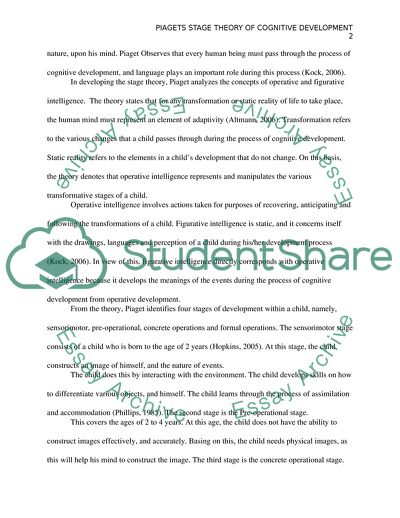Cite this document
(Piagets Stage Theory Case Study Example | Topics and Well Written Essays - 2000 words, n.d.)
Piagets Stage Theory Case Study Example | Topics and Well Written Essays - 2000 words. https://studentshare.org/education/1788352-a-classroom-plan
Piagets Stage Theory Case Study Example | Topics and Well Written Essays - 2000 words. https://studentshare.org/education/1788352-a-classroom-plan
(Piagets Stage Theory Case Study Example | Topics and Well Written Essays - 2000 Words)
Piagets Stage Theory Case Study Example | Topics and Well Written Essays - 2000 Words. https://studentshare.org/education/1788352-a-classroom-plan.
Piagets Stage Theory Case Study Example | Topics and Well Written Essays - 2000 Words. https://studentshare.org/education/1788352-a-classroom-plan.
“Piagets Stage Theory Case Study Example | Topics and Well Written Essays - 2000 Words”. https://studentshare.org/education/1788352-a-classroom-plan.


